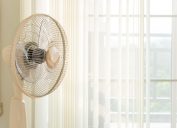12 Secret Home Safety Features That Are Totally Amazing
These hidden safety features go above and beyond to keep you and your property safe.
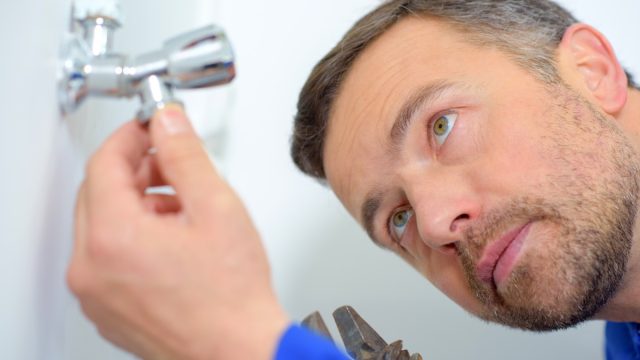
You know the precautions you take to keep your home safe: You lock your doors at night, you double-check to make sure you've turned off the stove, and you remember to replace the batteries in your smoke detectors when the seasons change. However, what many people don't realize is that there are numerous safety features built right into their homes that are protecting them day and night.
From the material used for your walls to your electrical outlets, these unsung household heroes are keeping you safe. And for warning signs to be on the lookout for, make sure you know these 40 Surprising Signs There's Something Wrong With Your House.
1
Exhaust fans
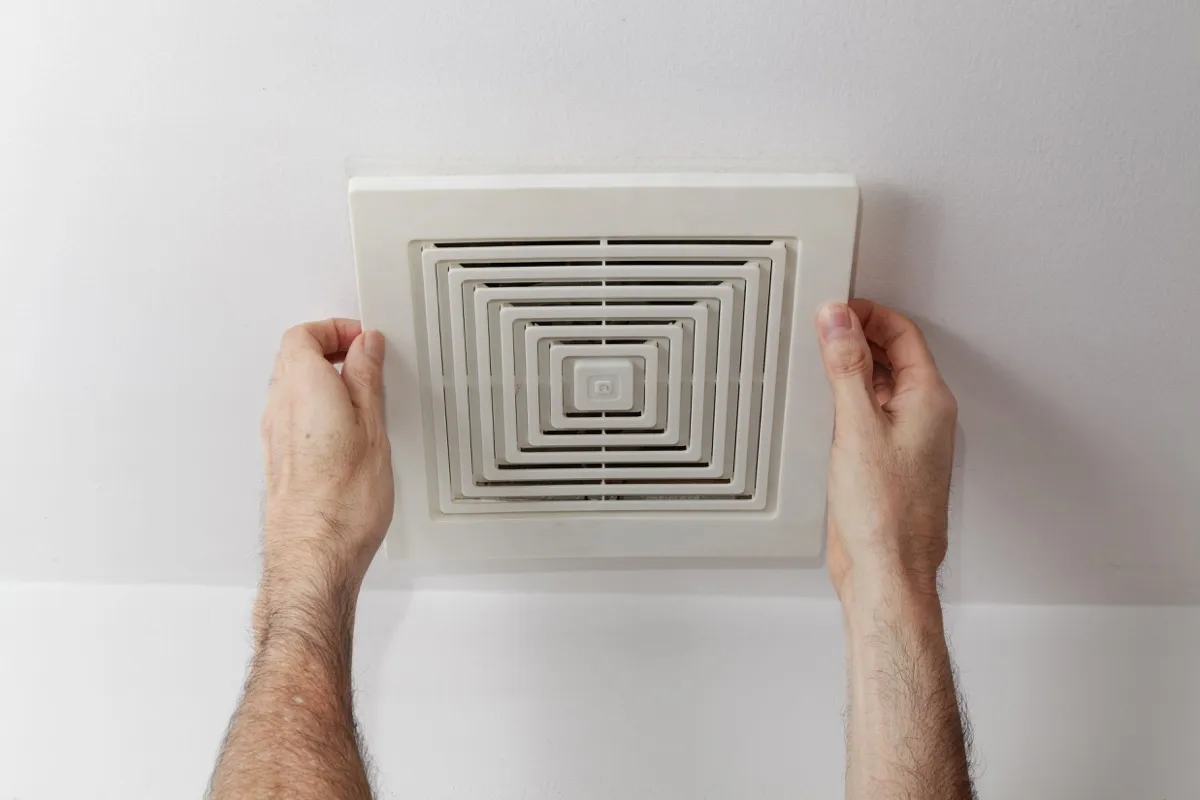
Sure, your exhaust fan may keep your bathroom mirror from fogging up, but it's doing far more than that to keep you out of harm's way.
When they're turned on, exhaust fans also "remove unwanted moisture from the air that can cause damage to construction materials or create harmful mold," explains construction consultant and ICC combo-certified home inspector Mike Newby, founder of Newbyginnings.
2
Tempered glass
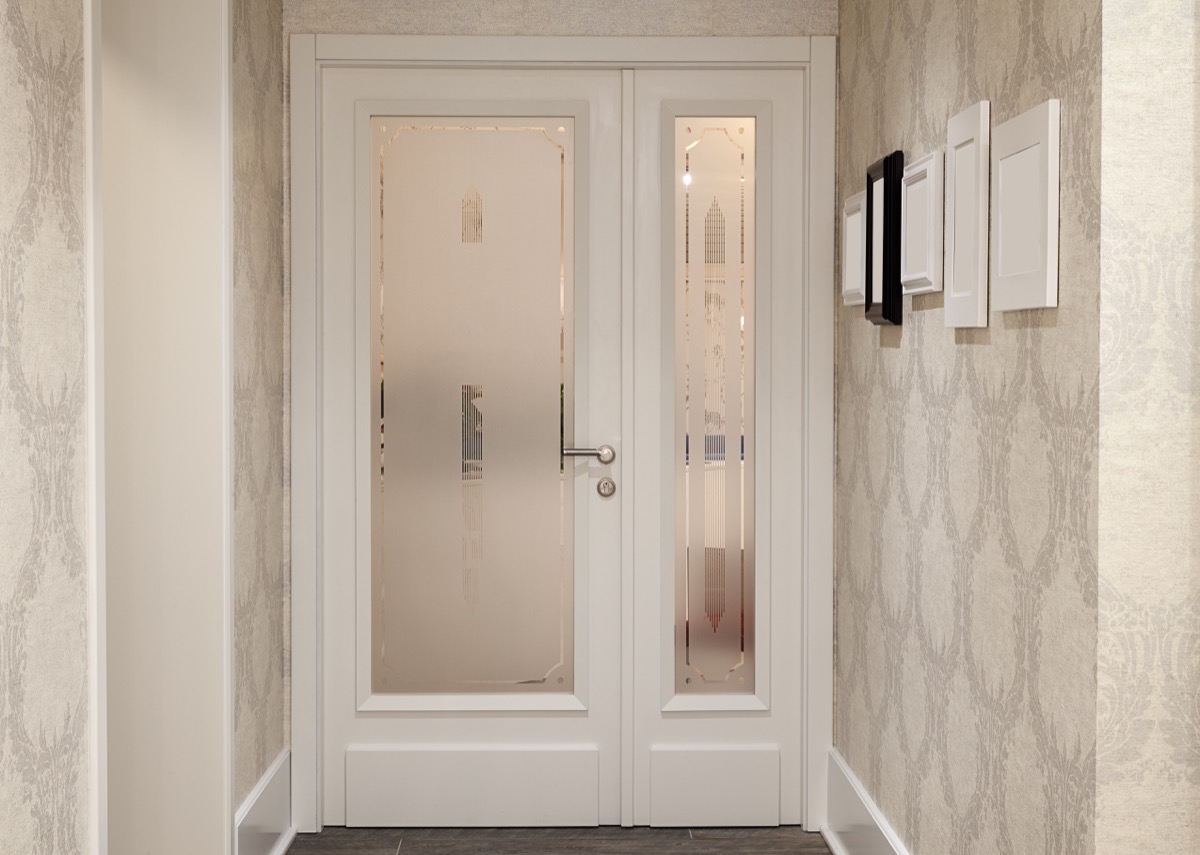
Nobody's eager to shatter a pane of glass in their home. That said, if that bathroom window or those panes around your doorframe break, it may not be as big a mess as you expected. Newby explains that most bathroom and doorframe glass is tempered, meaning that "when broken, it will shatter into hundreds of tiny pieces rather than shards," making it less likely that anyone will get cut.
3
GFCI outlets

Those outlets in your bathroom and kitchen with the buttons reading "reset" and "test" are performing a very important job. Called ground fault circuit interrupter (GFCI) outlets, these prevent you from getting shocked if the outlets come into contact with water or any other disruption.
"A GFCI outlet compares the input current on the hot side to the output current on the neutral side. If there's the slightest difference in current, then it protects you by quickly cutting off the power supply," explains Mark Dawson, COO of Mister Sparky, who notes that the power to these outlets cuts off in under 30 milliseconds.
If your home doesn't have these outlets installed, Dawson recommends having an electrician come to your house once it's safe to do so to assess your needs and install GFCIs where necessary. And if you want to keep those outlets safe, avoid these 17 Ways You're Ruining Your House, According to Electricians.
4
Tamper-resistant outlets

Ever wondered why your outlets require you to slide the plug to the side before inserting it? It's for your own safety.
This technology is a feature of tamper-resistant outlets, which "include pieces of plastic within the receptacles that block [them] and help to avoid a child, or someone else, from sticking something into the outlet and electrocuting themselves," explains Newby.
5
Water heater vents
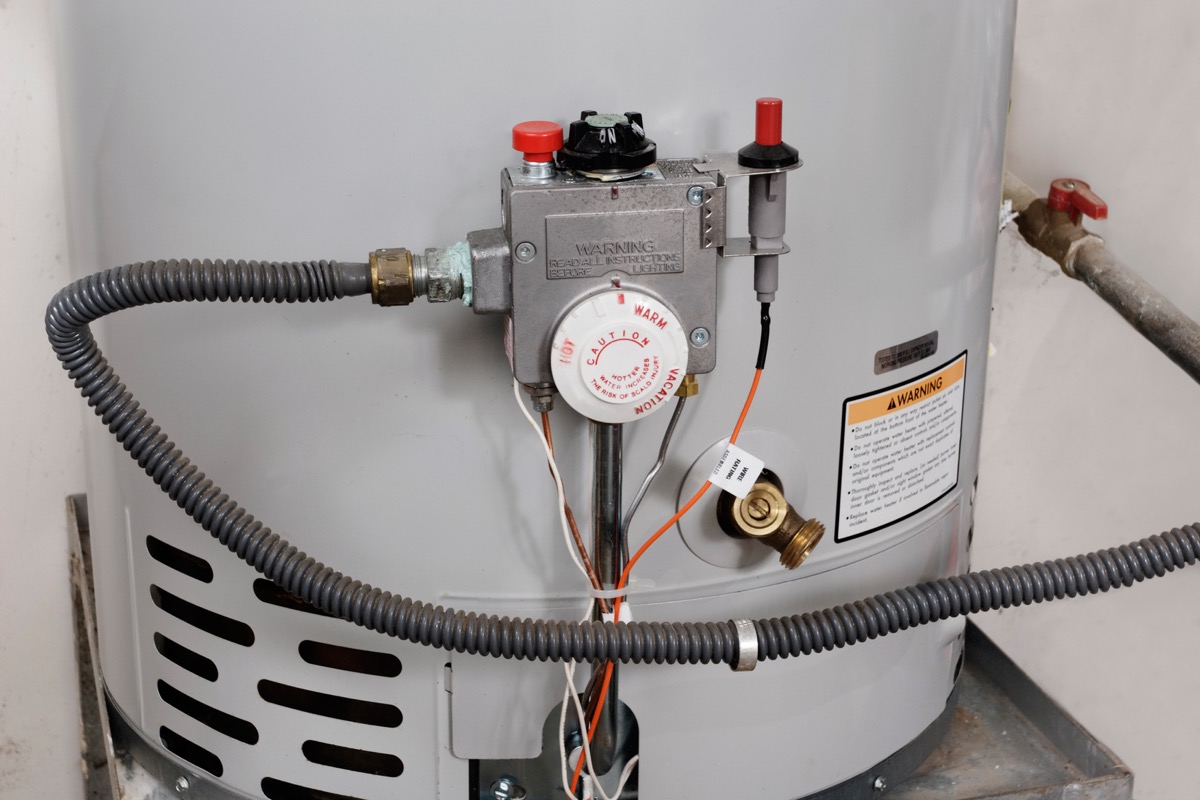
While you know when your water heater's working and when it's not (hello, cold showers!), you might not know what that piece of equipment is doing to keep you safe.
The vents on your water heater "channel emissions produced by natural gas out of and away from the home so that the gas does not build up within a confined space," reducing your risk of fires and explosions, explains Newby.
6
Overflow drains

Ever wondered what that hole on the basin of your sink is, or what purpose the faceplate around your bath lever serves? Both are overflow drains, which "allow water to escape when the main drain is plugged, intentionally or not," explains licensed architect Colin Haentjens, a designer with The Knobs Company.
In the event that your tub or sink begins to overflow, "these extra drains prevent aesthetic and structural damage," says Haentjens. Want to keep that plumbing in working order? Nix these 21 Ways You're Damaging Your Home, According to Your Plumber.
7
Circuit breakers
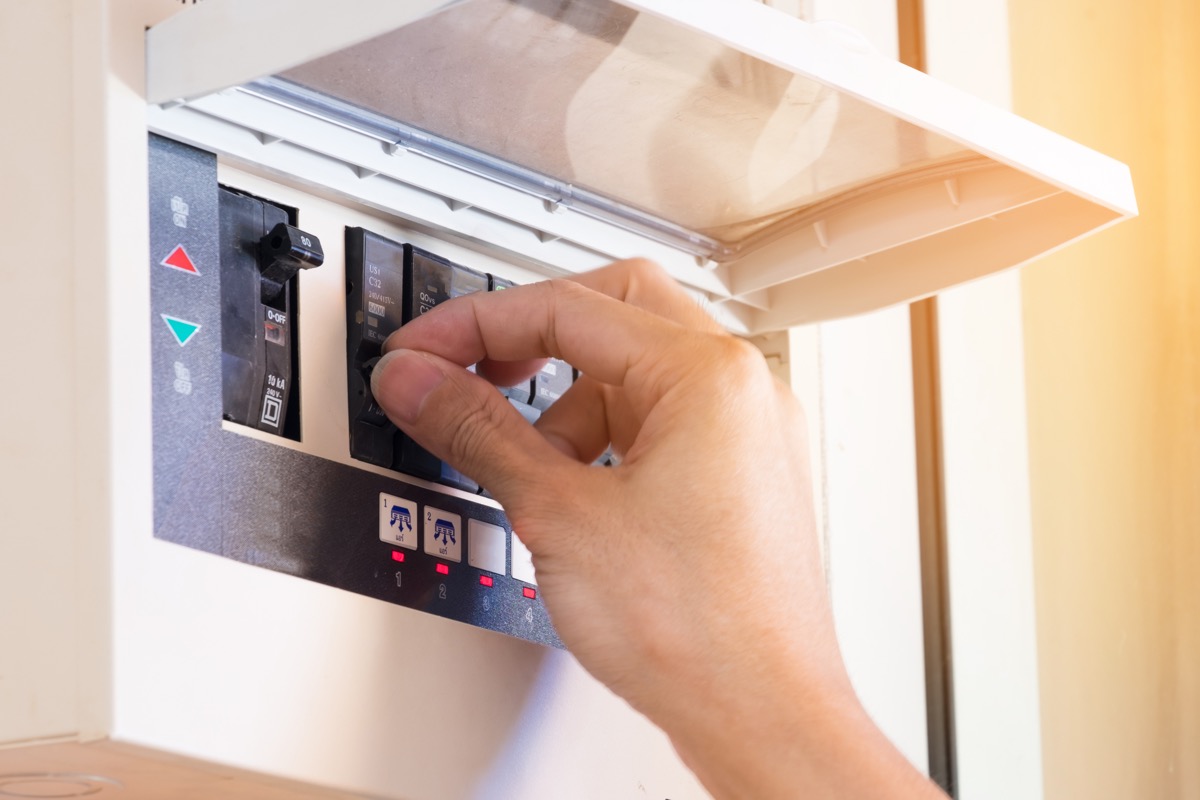
While having the power cut out when you're using an appliance may be annoying, you're lucky that function is there. When this happens, it's typically because a circuit breaker has tripped because too much power is being used in a single household circuit.
"The circuit breaker stops the supply of electricity, preventing larger electrical damages" that could cause a fire, explains Haentjens.
8
Limit switches
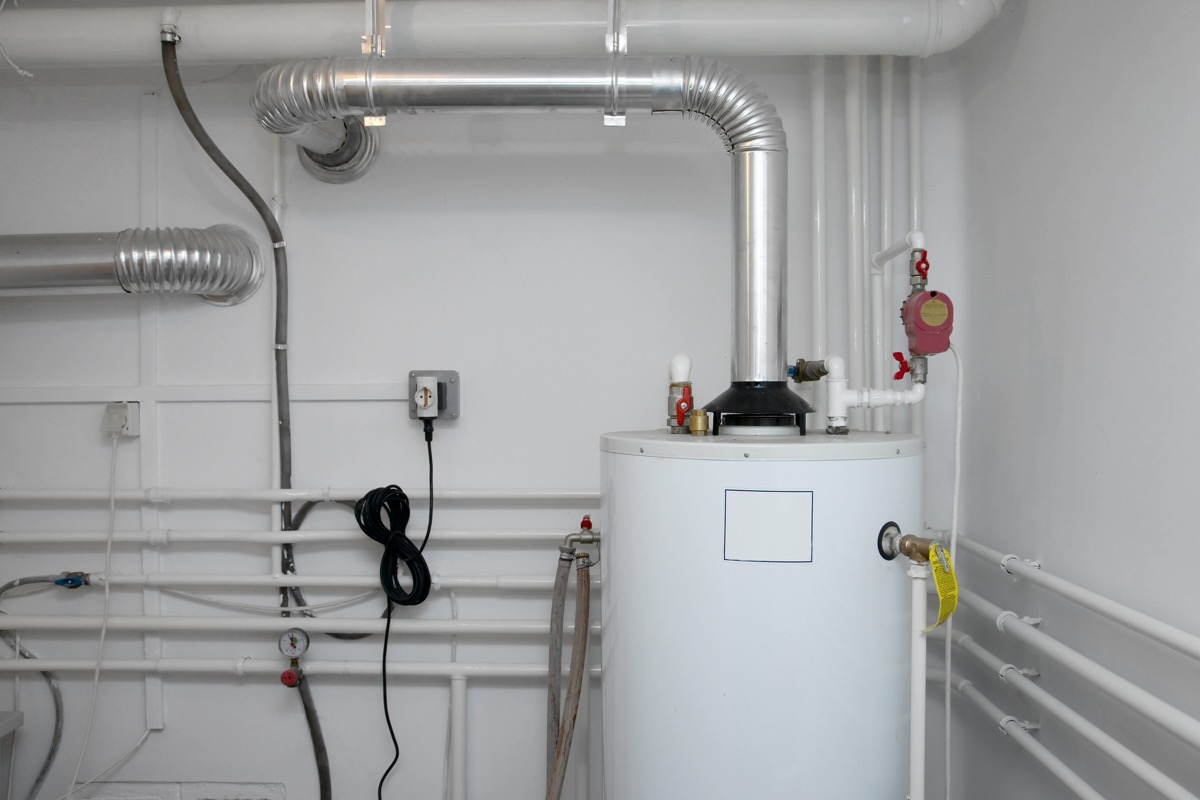
You want your furnace to burn hot—but it's a good thing you've got a limit switch regulating just how hot it gets.
Chris Forbus, licensed HVAC tech and owner of Choice Air Care, explains that limit switches measure the furnace's temperature and "if safe temperature is exceeded, the burner will shut off until it cools down."
9
Flame sensors
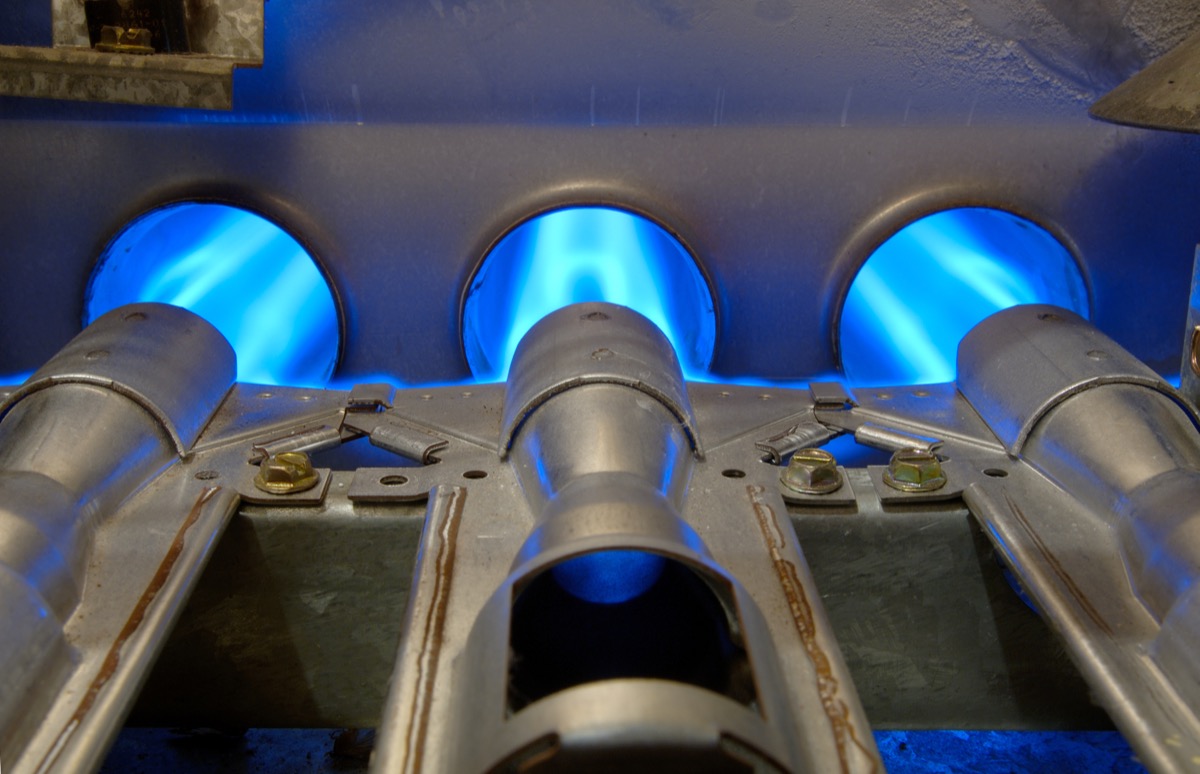
If your gas furnace didn't come with a flame sensor, you'd be putting your home at risk every time you turned on the heat.
Forbus explains that a flame sensor ensures that there's a lit flame in the furnace when the gas is on, "thus preventing a buildup of gas that would be unburned" and could cause a fire or explosion. In older furnaces, there's typically a similar device called a thermocouple, which cuts the gas if the furnace's pilot light goes out. And for more ways to protect yourself, check out these 23 Amazing Home Safety Tips from Firefighters.
10
Type-X drywall
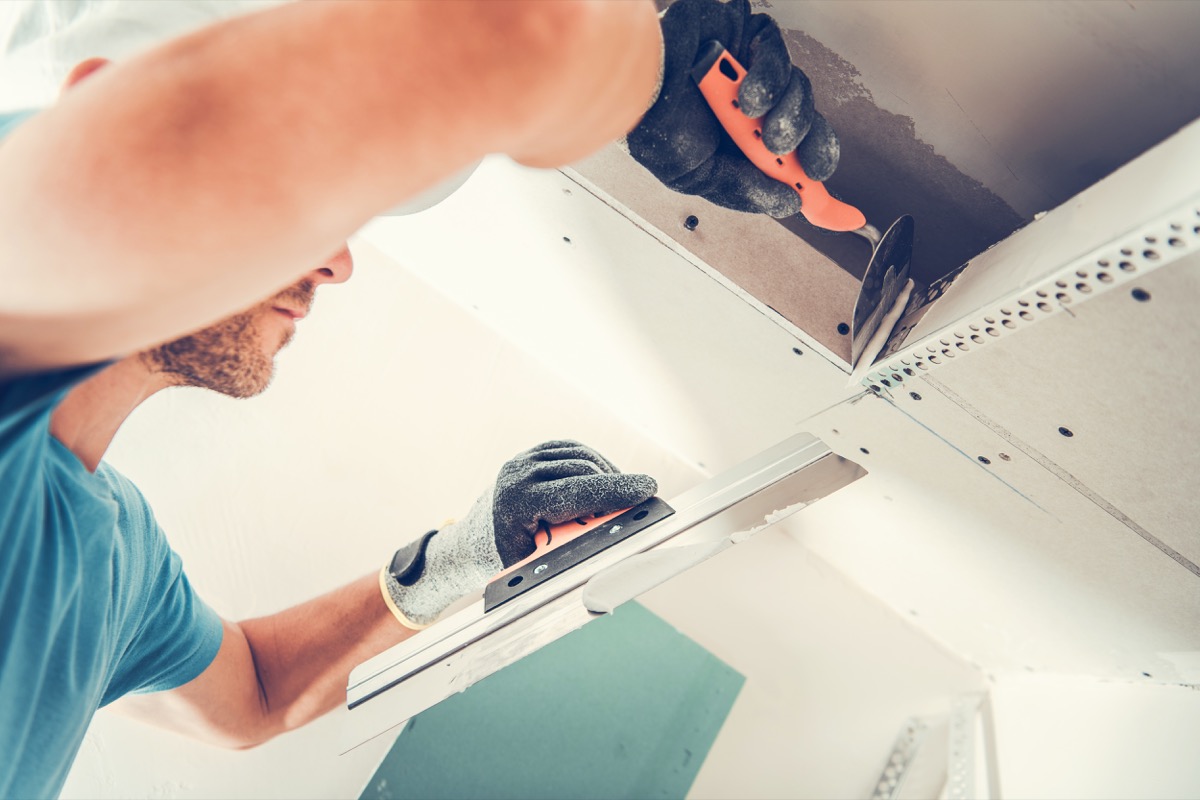
If you've got Type-X drywall in your home, you've got a surprising layer of protection keeping you safe.
This type of drywall "is highly fire-resistant and, due to its thickness, achieves a higher fire rating," meaning it takes longer to burn through, in addition to being soundproof, explains designer Adi Donna, founder of Cozy Down Home.
11
Water heater pressure release valve

Your water heater requires a fair amount of pressure to deliver hot water throughout your home—and can potentially set you up for an explosion if the unit malfunctions.
Luckily, "your hot heater has a pressure relief valve to relieve this pressure," says Robert Taylor, AKA The Real Estate Solutions Guy, a Sacramento-area owner-builder and remodeler. So, where can you find this magical device? "It's located on the top of your hot water heater and should have a pipe leading to the outside to vent any steam or hot water the valve releases," Taylor explains.
12
Anti-backflow devices
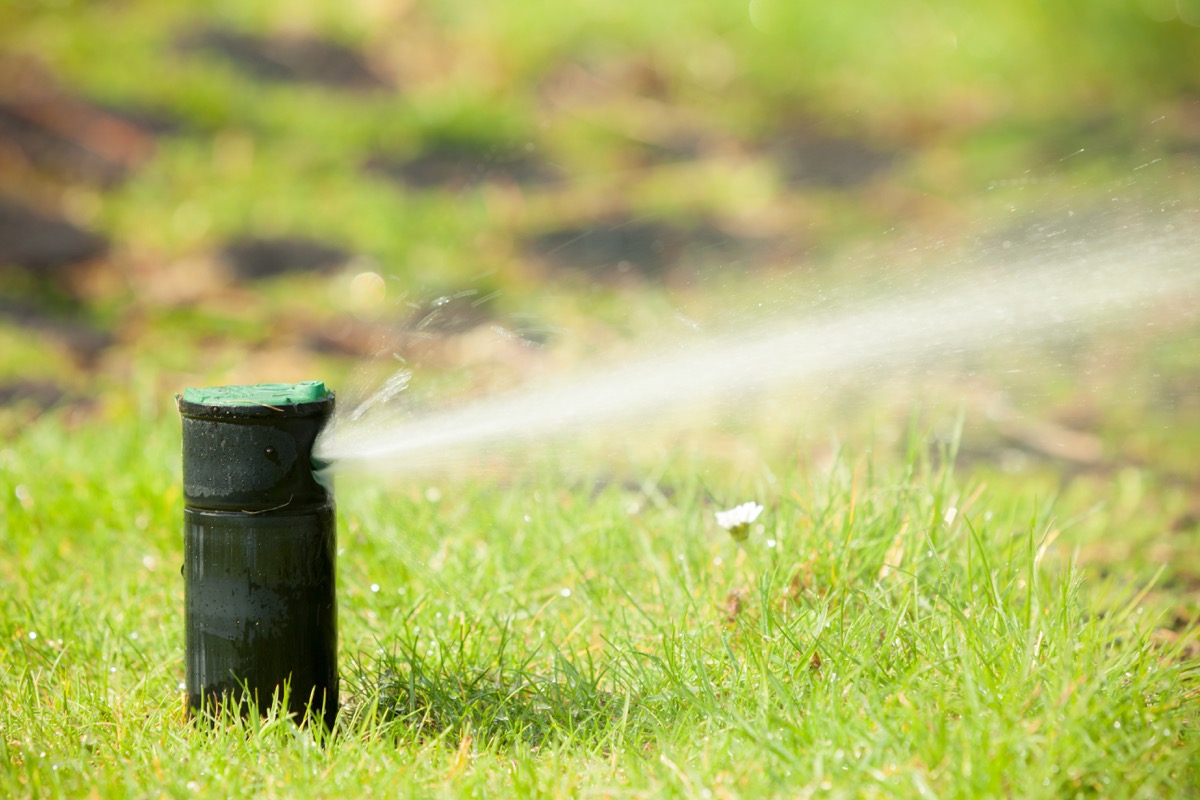
You don't have to worry about the fertilizer in your yard winding up in your drinking water, thanks to your irrigation system's anti-backflow device.
"Many homes have anti-backflow prevention devices installed between their home's water lines and external irrigation lines," keeping the water typically used for cooking, bathing, and drinking from being contaminated by anything that comes in contact with your irrigation line, says Taylor. And if you want to keep your home safe from a more pressing type of danger, brush up on these 15 Expert Tips for Disinfecting Your House for Coronavirus.






